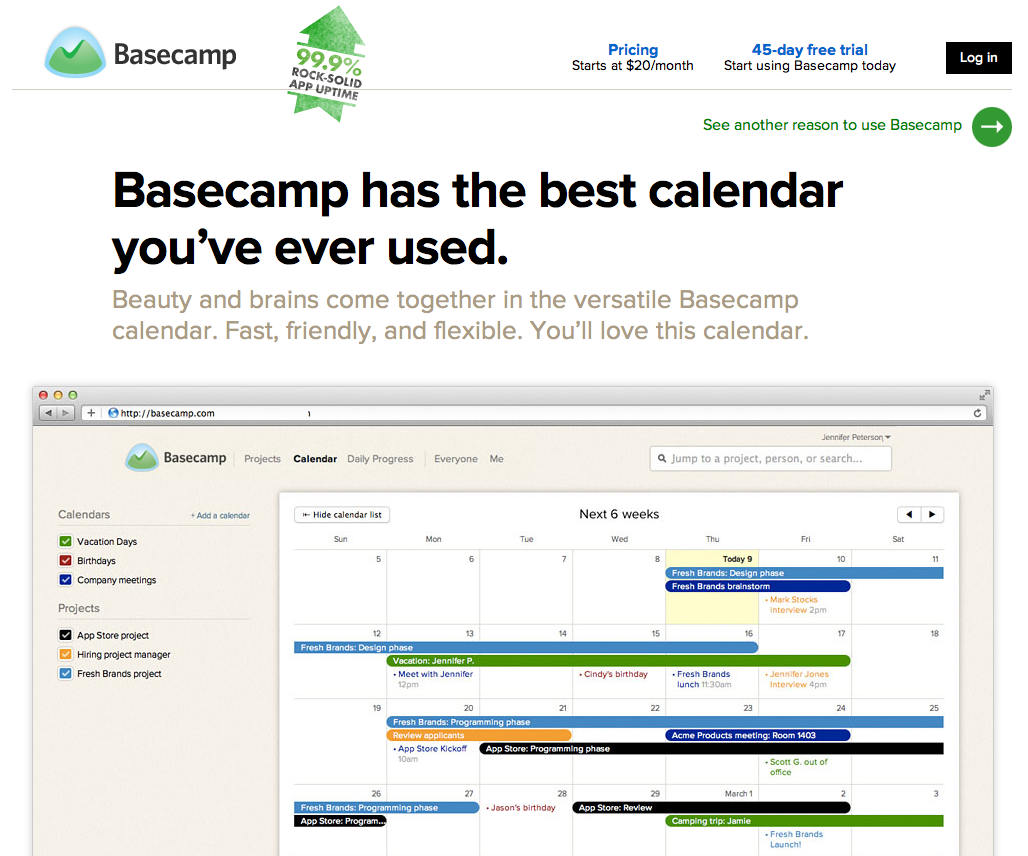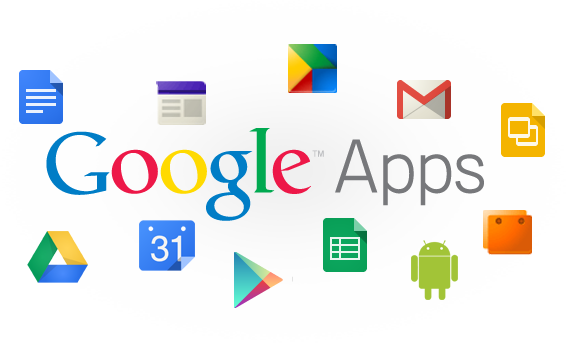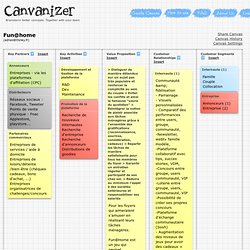Collecting, connecting and visualizing data is the need of every enterprise these days since they hold the key to business collaboration. Data helps in measuring the issue and verifying the result. In order to see improvement in results, data is an area where every business must focus on as it has become one of the most crucial factors to bolster a competitive edge over your rivals.
Departments in business collaboration are bound together by data:
A shared goal is one of the most critical things that you need to see between departments if they are to align. Each department in business collaboration has its own set of responsibilities, quotas, budgets and objectives. The only thing that stays constant in every enterprise is the need to innovate in order to give results that are better. Hence, data has become an important factor that binds everything together.
Whether or not our technologies and ideas are good enough is determined by data and there is no one person who can determine that effectively without analyzing data. Such information lies beyond the border of a particular department.
IT is implanted into every conversation by data:
Companies which are data-driven and customer-centric rely heavily on data for planning, analyzing, predicting and executing plans. IT has been brought to front line because of this reason and now acts as an expert consultant on how data can be leveraged the best. IT isn’t limited to providing data anymore but explains the possibilities too.
Thus, data now holds the key for a business collaboration to succeed. A business enterprise can hold an edge over its competing enterprises by concentrating on data.
For More http://www.alturacs.com/solutions/midmarket-collaboration-ip-office/
For More http://www.alturacs.com/solutions/midmarket-collaboration-ip-office/


























